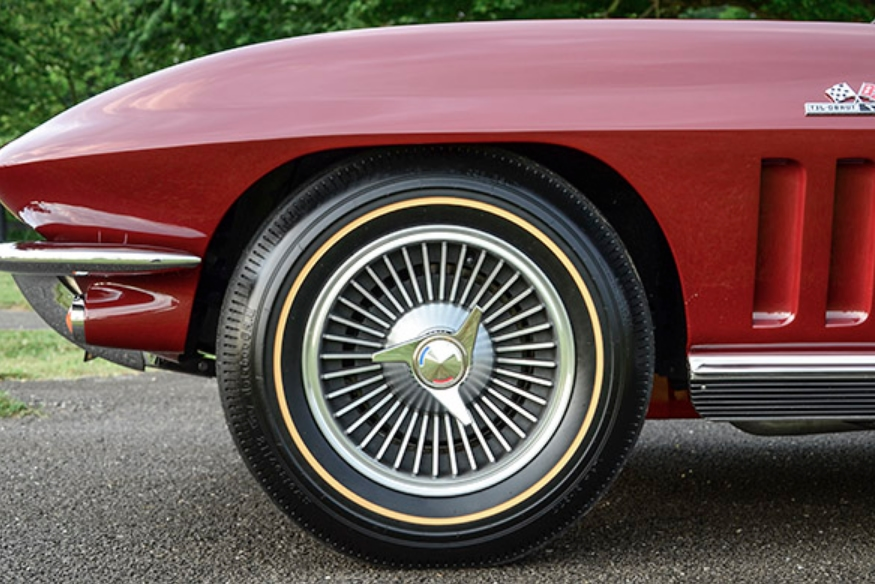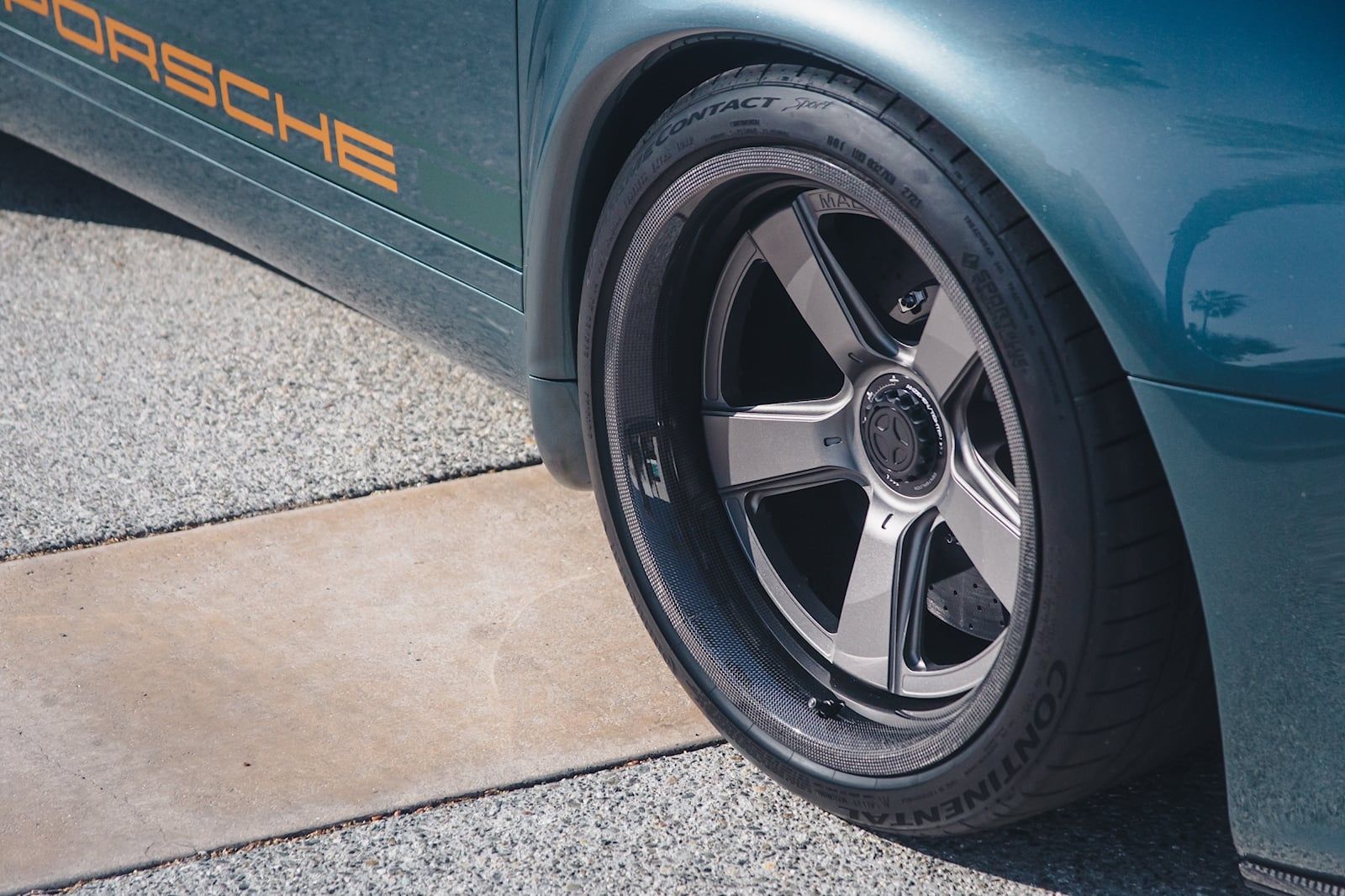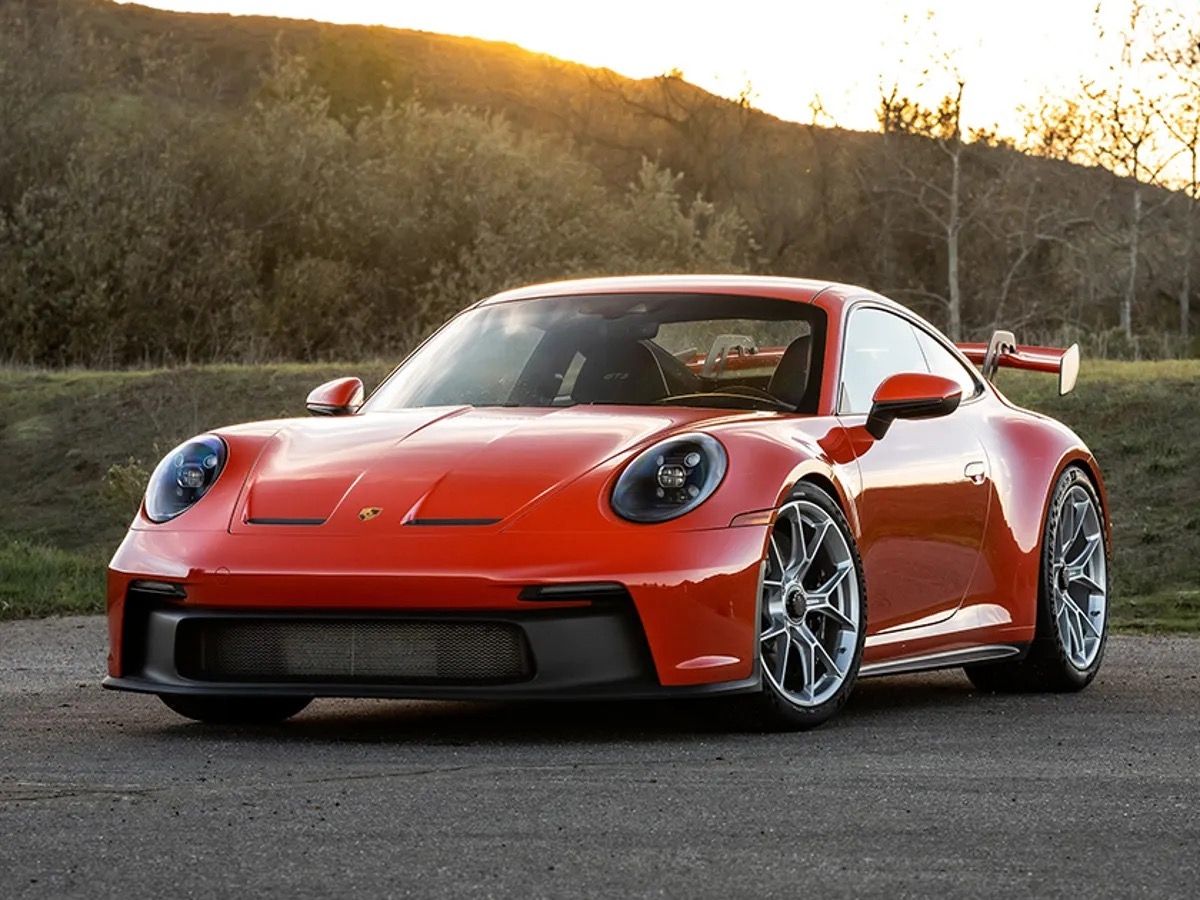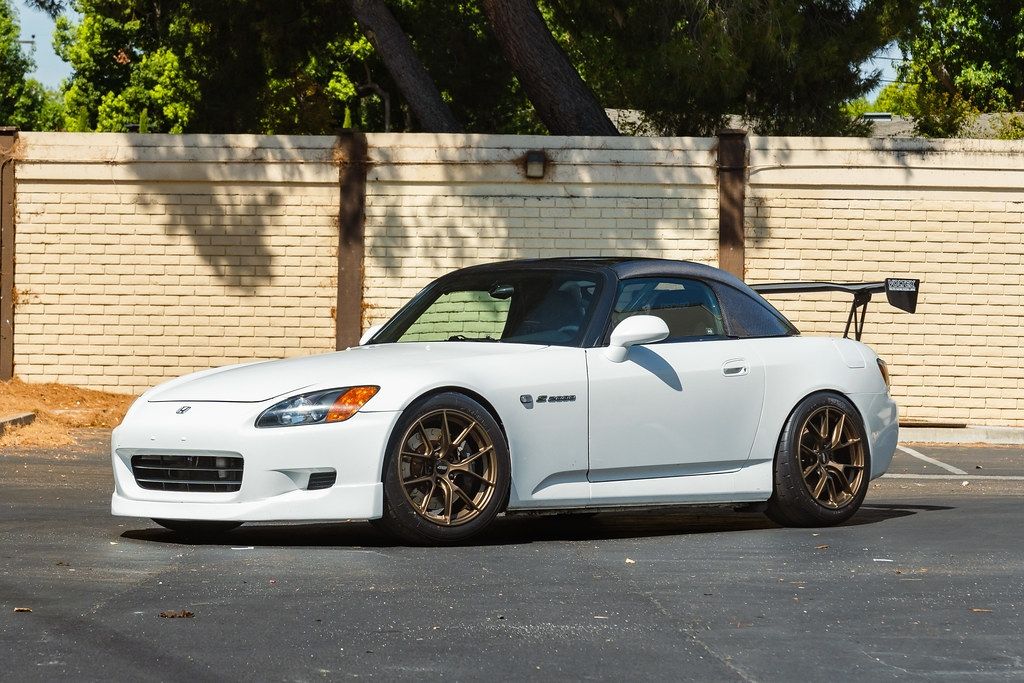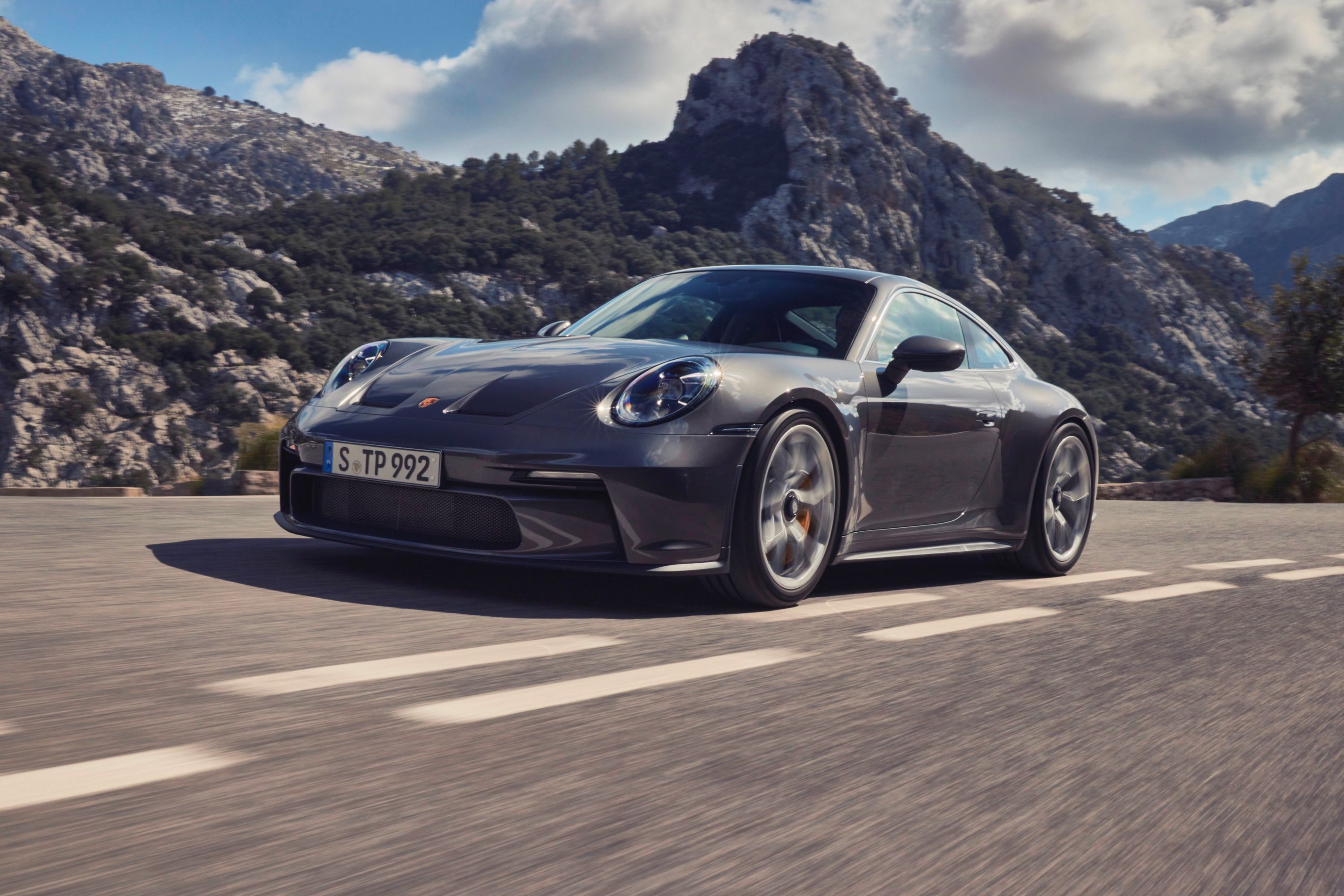
Nothing sums up the "Because race car" meme era of the internet more than center lock wheels.
For those that missed it, the meme started with a Craigslist advert for a Mazda MX-5 that had the interior stripped "because race car." That car didn't have a center lock wheel conversion, but it does tend to happen on modified high-end vehicles. A center locking hub is a simple concept that replaces the standard five wheel nuts holding a wheel onto the car for a single large lug nut in the center.
When you see Formula 1, and now NASCAR, race cars pull into the pits and come out in a matter of seconds with four new wheels and tires, that's why. Two blips on an air gun and the single nut is removed and replaced. It didn't start as a race car accessory, though.
Where Do Center Lock Nuts Come From?
In the early 1900s, a company called Rudge-Whitworth came up with a quick-release idea for wire wheels similar to what's known as wing nuts.
The single nut sat in the center of the wheel with either a bar on either side or three bars in a star design, and its final tightening is usually finished with a soft-blow hammer. There were different names for the fastener, but typically it's known as a knock-off.
Racers picked up the speed advantage of a single fastener over several wheel hub nuts for pit stops, then passed back to the road on sports cars because, well, race car.
The Modern Centerlock Hub
Knock-off nuts were eventually banned following Ralph Nader's car safety crusade of the 1960s.
In 1968, a Federal Motor Vehicle Safety Standards law saw the end of wheels with "winged projections." That didn't stop the concept, though, as there was a better way of doing it that didn't involve a hammer. There are special tools for removing them, including a ratchet with an extension so it can be torqued correctly, but a hexagonal nut is a lot simpler.
By the mid-1990s, hex-nut center locking hubs started appearing on expensive supercars. They're removed and replaced with an impact wrench like smaller hub nuts, but you might cause some consternation if you roll into your local independent tire shop with them.
What Cars Come With Center Lock Wheels?
If you want center-lock wheels from the factory, you're going to be buying a high-end sports car or supercar.
Porsche uses center lock wheels on its top-spec specialty 911s, such as GT2 RS and GT3 RS models. Porsche will, of course, also let you pay for them as an option on many of its sports cars, along with a wheel upgrade.
Ferrari puts them on its fastest and most track-focused models as standard, Koenigsegg puts them on all its cars, but Lamborghini offers them as an option. BMW is now getting into the game by providing them as an option on the M2.
Should I Put Center Lock Wheels On My Car?
For a road car, center lock wheels are unnecessary and expensive. People will claim a performance advantage as a center-locking arrangement means less rotational mass, but as center-locking nuts need to be stronger, hence thicker, than lug nuts, the weight loss will be (if there is any) negligible outside of a race car.
There are also claims that it will allow larger rotors, and center lock rotors are a thing. The only real difference is how quickly a wheel and tire can be changed, and the cost of a center lock wheel conversion runs thousands of dollars before you buy the tools and wheels to fit.
In reality, center lock wheels are all about show and not go on a road car. If that's worth the money and hassle, then go for it. Center-locking wheels do look good as part of a tastefully modified car.


